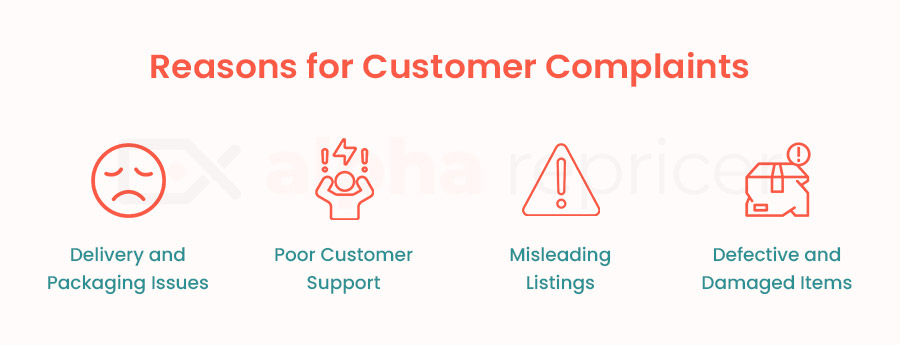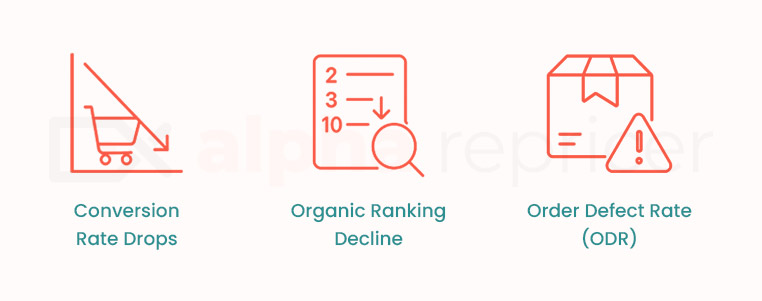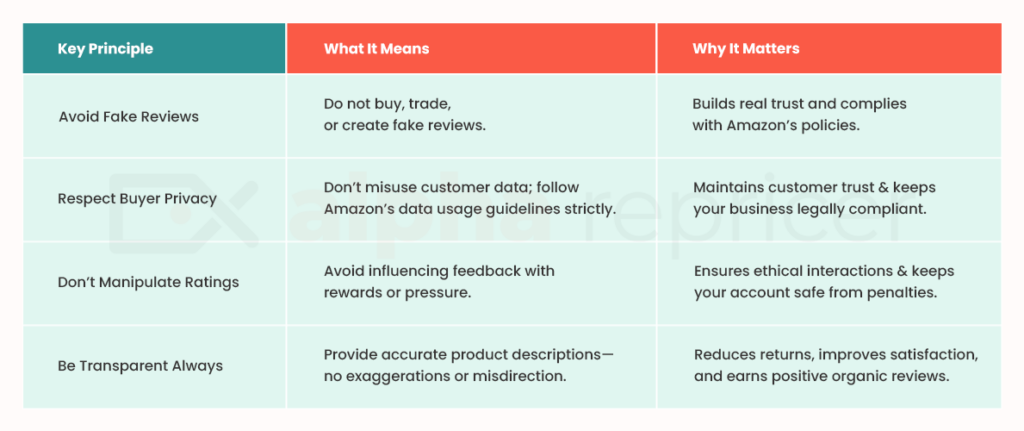Running a successful online business today means mastering the unseen parts of commerce – how people feel, what they expect, and why they stay loyal. Transactions are no longer just about price and delivery; they’re judged by tone, transparency, and trust.
When a buyer senses a disconnect between promise and reality, it triggers more than disappointment – it often leads to public feedback. They expose unmet needs, perceived gaps, and moments where your brand missed a beat. The goal is not to avoid them but to read between the lines and respond with insight.
Sometimes, the most helpful feedback is the hardest to hear. A bad review on Amazon isn’t just someone venting – it’s a sign something didn’t land right. Maybe the photos were misleading, or the item showed up late, or it just didn’t feel worth it. Whatever the reason, there’s usually something in the message you can work with.
Sellers who take that seriously tend to stick around longer. They don’t just fix the issue – they rethink how they present, ship, and support. Small shifts made from real feedback can have a big impact on trust, and over time, that trust becomes a major driver of seller performance on Amazon.
In this blog, we’ll explore how to do exactly that, step by step.
Why Do Customers Leave Bad Reviews?
Customer reviews reflect more than satisfaction – they reveal emotional hopes. Negative feedback usually stems from psychological and expectational disconnects, not just product flaws. By recognizing these root causes, sellers can prevent friction before it escalates.
And, as fulfillment is a key contributor to overall satisfaction, it’s significant to mention that as of 2024, 80% of Amazon sellers rely on Fulfillment by Amazon (FBA) for its delivery solution – definitive proof that faith in seamless logistics is becoming at the core of the customer experience.

Delivery and Packaging Issues: When expectations based on the product listing aren’t met, frustration builds. Buyers may feel disappointed not just with the item but also with the experience.
Poor Customer Support: Fast, empathetic customer service builds trust. If it lacks, buyers often vent publicly instead of seeking resolution privately. It’s essential to have a better understanding of outstanding customer service as an Amazon seller for better reviews.
Misleading Listings: What people see and read in your listing sets the tone for what they expect to receive. If the photos say one thing and the product says another, trust takes a hit – and so does your credibility.
Defective and Damaged Items: Faulty or underwhelming items aren’t just inconvenient – they’re seen as broken promises. Reviews, in this case, often include emotional language.
How Do Negative Ratings Affect Your Amazon Performance Metrics?
Negative ratings affect far more than your pride – they directly impact the algorithmic and human side of your business health on Amazon.
If you are a seller who’s setting up a business on Amazon, it is essential to have good knowledge about how people review the products. Lacking such information can cause such problems for you:

Conversion Rate Drops: When potential customers browse listings, reviews are among the first things they notice. A drop in your star rating – even by half a point – can drastically reduce how often people click “Buy Now.”
Organic Ranking Decline: Amazon wants happy customers, so its algorithm naturally favors sellers with more substantial feedback. More bad reviews lead to less exposure and lower placement in search results over time.
Order Defect Rate: Every negative review can contribute to your Order Defect Rate (ODR), especially if the review cites issues like missing parts, damaged goods, or unfulfilled expectations. A high ODR signals unreliability and can trigger warnings or, worse, account suspension.
How Should You Rectify It Without Escalating The Situation?

Responding to negative feedback isn’t just about solving a problem – it’s about demonstrating emotional intelligence. When a buyer feels heard and respected, the tone of the entire exchange shifts. It’s an opportunity to show your professionalism and improve your seller performance on Amazon.
Respond Within 24 Hours: Act quickly to reduce frustration. A prompt reply signals reliability, assurance, and care.
Use Buyer-Seller Messaging: Stick to Amazon’s messaging system. It keeps things official and clear.
Avoid Policy Blame: Offer practical solutions rather than excuses via blaming policy guidelines. Keep your tone helpful.
Follow Up if Needed: Base your offer on the customer’s concern. Avoid generic replies.
Legal and Ethical Lines You Should Never Cross
In a competitive marketplace, the temptation to boost performance through questionable tactics can be strong. But Amazon’s trust ecosystem is built on transparency and compliance. Cutting corners may provide a temporary lift, but it puts your entire business at risk. To build a sustainable brand, you need to stay well within the guardrails of ethical conduct.

Avoid Fake Reviews: Never purchase, trade, or fabricate reviews. Authentic feedback is essential to customer trust. Violating this not only breaches Amazon’s terms – it damages long-term credibility.
Respect Buyer Privacy: Customers expect privacy. Do not extract, store, or use their personal data beyond what Amazon allows. Violations here risk both your account and legal exposure.
Don’t Manipulate Ratings: Influencing customers to delete or revise feedback with rewards, discounts, or pressure is prohibited. Respect the platform’s review process and focus on solving the actual problem.
Be Transparent Always: Present your product clearly and honestly. Exaggerated claims or unclear details often lead to disappointment and negative ratings.
Ethical selling builds resilience. By maintaining integrity in your practices, you create lasting value – for your brand and your customers.
Addressing negative feedback is one part of the equation; staying competitive is another. By combining customer insight with Amazon repricing tools like Alpha Repricer, sellers can build both trust and traction. Smarter pricing helps you attract the right buyers and maintain a healthy balance between value and profitability.
Final Thoughts
Every negative review is more than just a critique – it’s a roadmap. Hidden in the frustration are clues about what your brand is missing, what customers hoped for, and where the journey went off track. Instead of reacting defensively, forward-thinking sellers treat this feedback as free consultancy from the people who matter most, i.e., buyers.
Use these moments not only to repair but to reimagine. What pain points are repeating? What language are customers using that you aren’t? These aren’t just answers to individual complaints, they’re cues for brand evolution.
In a landscape where reputation is algorithmic and human at once, recovery isn’t just possible; it’s a performance advantage. Develop systems that capture, interpret, and implement customer insights quickly. Empower your team to respond with empathy, not scripts.
Managing feedback is just one part of winning on Amazon. With AlphaRepricer’s powerful tools, you can stay ahead of the competition and boost your seller ratings effortlessly. Sign up now and start optimizing your Amazon strategy today!
Author
-
Noor Jarri
Meet Noor Jarri, a seasoned writer specializing in the dynamic world of Amazon. With over three years of experience, Noor has become a trusted resource for Amazon sellers seeking guidance on repricing strategies and navigating the e-commerce landscape.
As a valued contributor to Alpha Repricer, Noor's expertise shines through in her engaging blog articles, press releases, and guest posts. Praised for her skill in crafting content that is both informative and approachable, Noor's writing is a knowledgeable resource for sellers of all levels.
Beyond her professional pursuits, Noor is an avid traveler and culinary enthusiast. She finds inspiration in exploring new destinations and experimenting with recipes from around the world.Join Noor Jarri on her journey as she continues to empower Amazon sellers with insights, tips, and strategies to thrive in the ever-evolving marketplace.







